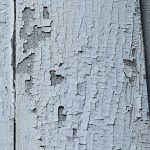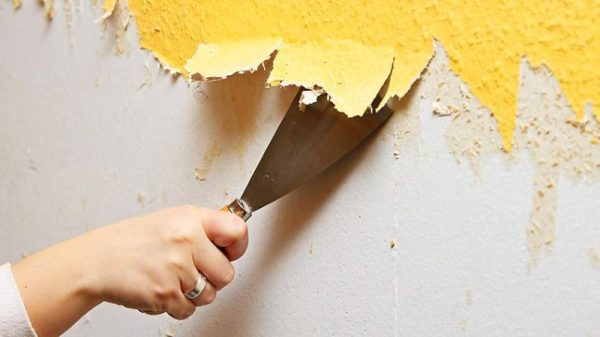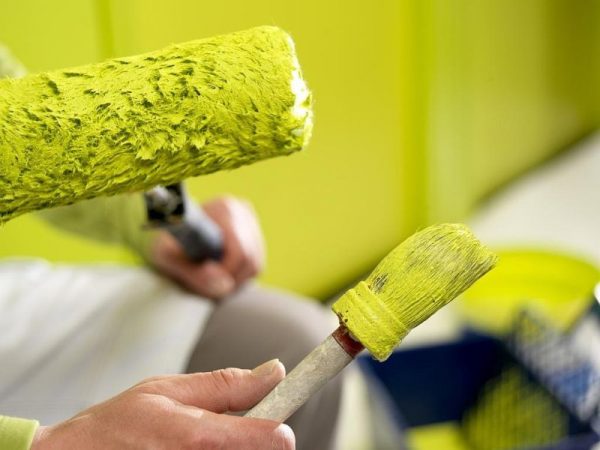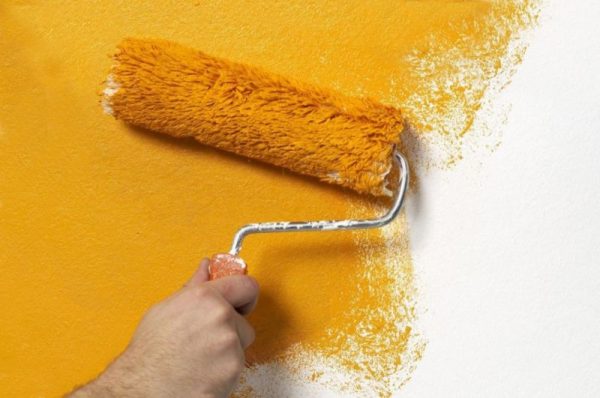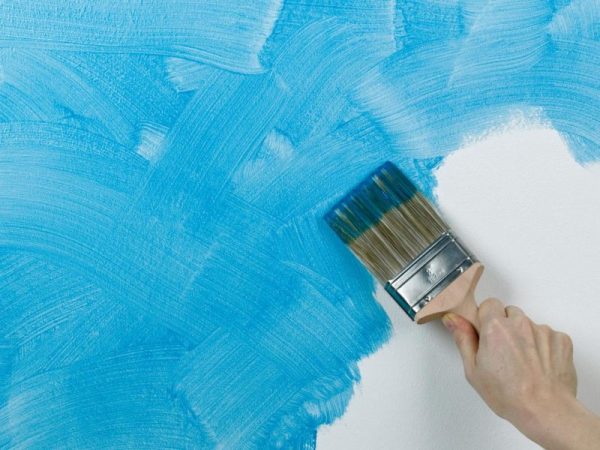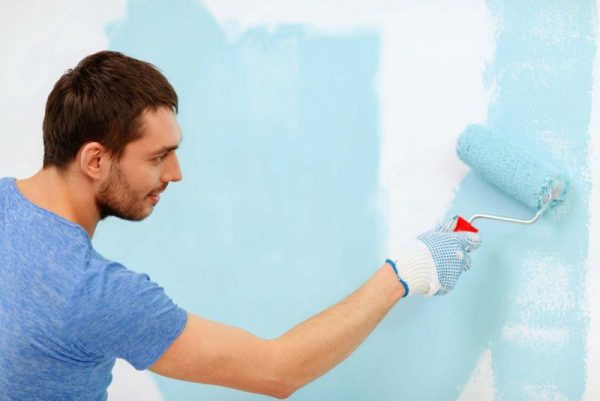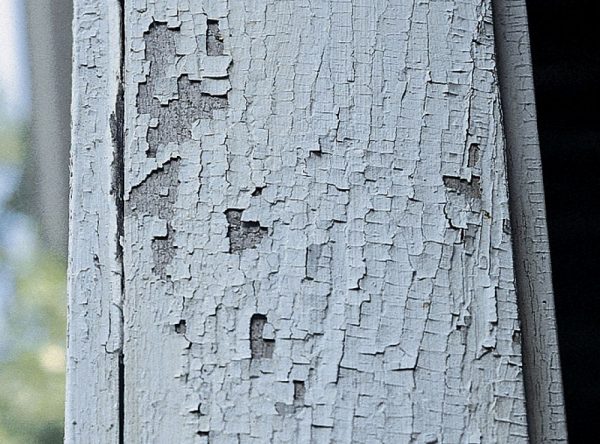Flaking, fading, peeling paint are natural processes that occur due to intense exposure to moisture, temperature extremes, sunlight and other natural factors.
Any paint, regardless of its composition, eventually loses its operational properties and needs to be periodically updated. But sometimes it happens that the material exfoliates from the surface much earlier than time. So that the painted walls do not lose their appearance immediately after drying, some nuances of repair work should be taken into account.
Preparation of walls for painting
A well-prepared surface minimizes the risk of defects in the form of cracks and chips.
We outline the main stages of preparation:
- Before painting, thoroughly clean the walls and remove the old finish with a metal spatula.
- The starting and finishing layers of the putty, as well as grinding, will help to remove bumps or small defects.
- The surface before painting begins must be covered with a special primer. The primer layer improves the adhesion of coatings with the surface and prevents possible cracking.
To prevent the paint from peeling off after drying, the walls and ceiling must be sufficiently dried before application, and a minimum level of humidity should be kept in the room during repair work.
to contents ↑
The choice of paint and tools
Peeling can be caused by poor quality paint, not having sufficient adhesion. Qualitative composition, selected in accordance with the type of room and the material of the walls, can be kept on the basis for decades. Latex and acrylic paints stay on the surface longer than others.
Too thin paint can also cause a cracking wall. Therefore, when diluting the coloring composition, follow the manufacturer's recommendations.
To apply the material, you need rollers and brushes. Rollers are used to fill large areas, and with brushes you can gently paint over inaccessible places.
At the beginning of painting work, choose a roller with a long pile to gain a sufficient amount of composition and evenly distribute it on the surface. Re-staining must be done with a short-haired tool: no smudges will remain, and paintwork will be spent more economically.
To avoid lint on the surface when working with a brush, give preference to a pile of natural bristles. If you use not traditional liquid, but powder paint, special sprayers will be needed for application.
to contents ↑Important! All tools must be well cleaned and dried before use.
Dyeing process
When painting walls, you should not make chaotic strokes in different directions, apply the paintwork with vertical movements, gradually filling the entire area. Avoid too thick layers, especially if oily or alkyd formulations are used.
It is not recommended to make a single-layer coating, it is better to apply 2-3 layers, carefully drying each of them. This will ensure saturation, uniformity and durability of the coating.
Low-quality material, a wet surface, multidirectional smears can cause not only cracks, but also stains.
In this case, you can simply apply an additional coat of paint. But the exfoliated paintwork will have to be cleaned, and then putty, primed and repainted the walls again. A competent approach will allow you to make repairs, which in the near future will not require rework.

